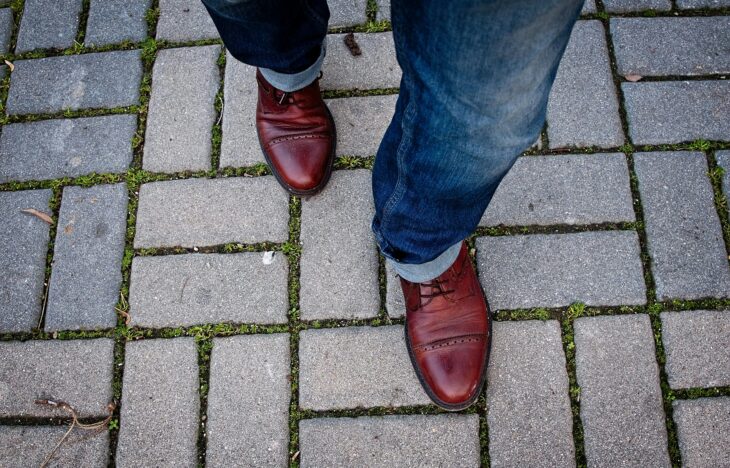People have a stroke when blood flow to part of their brain is blocked, preventing brain tissue from getting oxygen and nutrients. Stroke is the main cause of disability in adults over 55. Despite advances in medical treatment and rehabilitation, 35% of stroke survivors still have difficulty with daily tasks because they struggle to walk or stand. Around 70% of stroke survivors have trouble walking, including slow speed, coordination issues, and an uneven stride.
Doctors have found these problems often occur when the routes spinal cord neurons use to transmit information from the brain to the body are disrupted. They’ve tried to reactivate neural paths that control movement by applying electrical pulses to stroke victims’ brains. Researchers have shown electrical pulses to the brain help stroke victims regain control of their fine-scale movements, but their ability to maintain a basic walking pattern relies on neural paths inside the spinal cord. So a team of scientists from the USA and Russia hypothesized that targeting the spinal cord could help stroke patients recover.
To test whether electrical stimulation of the spinal cord could help stroke survivors walk again, the team applied electrodes to the skin over patients’ spinal cords, a method known as transcutaneous spinal cord stimulation or tSCS. Researchers in the past found that tSCS helps stroke patients walk more steadily and smoothly in the short term. However, this team wanted to test if tSCS could improve nerve and muscle functions to help patients walk better in the long term.
To measure how tSCS impacted stroke patients’ walking ability and muscle function, the researchers recruited 2 groups of 4 participants each. They minimized experimental bias by matching individuals in both groups by age, time since stroke, and walking speed. All the participants were over 18, had experienced a stroke at least 1 year ago, and could walk without support. The researchers conducted walking exercises with both groups to improve balance and movement 3 times a week for 8 weeks. They assigned only walking exercises to the first group, referred to as the control group, and combined walking exercises with tSCS for the second group, referred to as the stim group.
The researchers assessed how well each participant could walk before they did the walking exercises, immediately after the walking exercises, and 3 months later. They measured the symmetry of each participant’s steps using 2 metrics: how long their steps were and the swing time of their steps. They also measured how fast the participants walked and the distance they covered in 6 minutes. They collected these data by combining observations from a physical therapist with direct measurements from a mat with sensors.
The team found that the stim group improved their step symmetry by 64% after walking exercises, while the control group improved their step symmetry by only 33%. The stim group also walked faster with more consistent swing time than the control group. All stim group participants and 1 control group participant could walk farther than they did before walking exercises, but only 1 participant from each group maintained this progress after 3 months. The researchers interpreted these changes to mean that combining tSCS with walking exercises helped stroke patients walk faster and longer. However, they cautioned that patients could lose these gains without continued treatment since only their step symmetry showed lasting improvement.
The researchers also measured changes in the participants’ muscles and neurons before and after tSCS treatment and walking exercises. They explained that the more complex and numerous a person’s muscle groups are, the better control they have over their leg movements when walking. So they considered how the patients’ muscle groups worked together when walking, known as their muscle synergy. To examine muscle synergy, the researchers measured the activity of 5 leg muscles for each participant by placing sensors on their skin that detected electrical signals when the muscles contracted. They found that 2 stim group participants had better muscle coordination after walking exercises and tSCS. The researchers interpreted these results to mean that tSCS helped improve the participants’ muscle coordination during walking.
The researchers concluded that electrical stimulation of the spinal cord helped some stroke survivors walk better than before. However, they suggested personalized training and customized stimulation settings could make tSCS more effective by addressing each patient’s individual challenges. They also suggested researchers conduct longer trials with a larger number of participants to better understand the lasting effects of tSCS and to apply their findings to stroke victims more widely.


